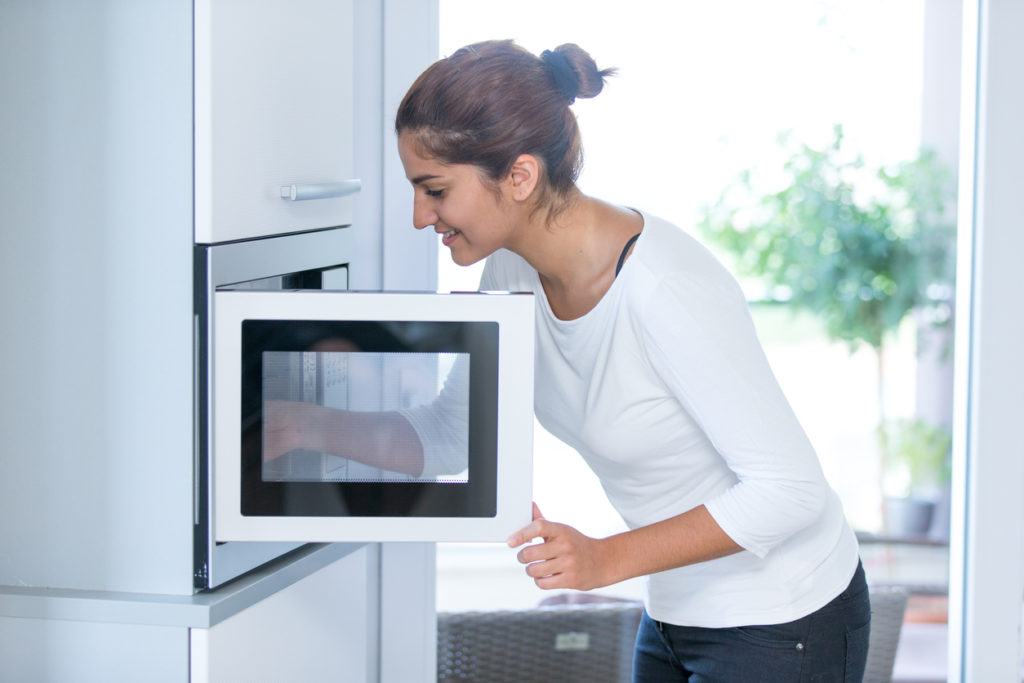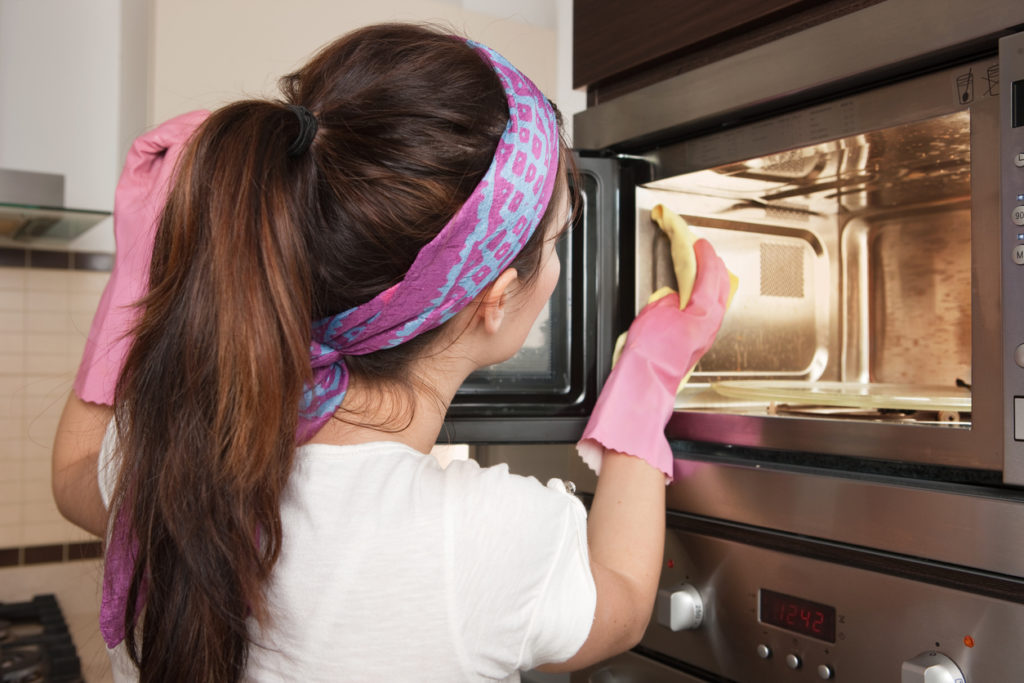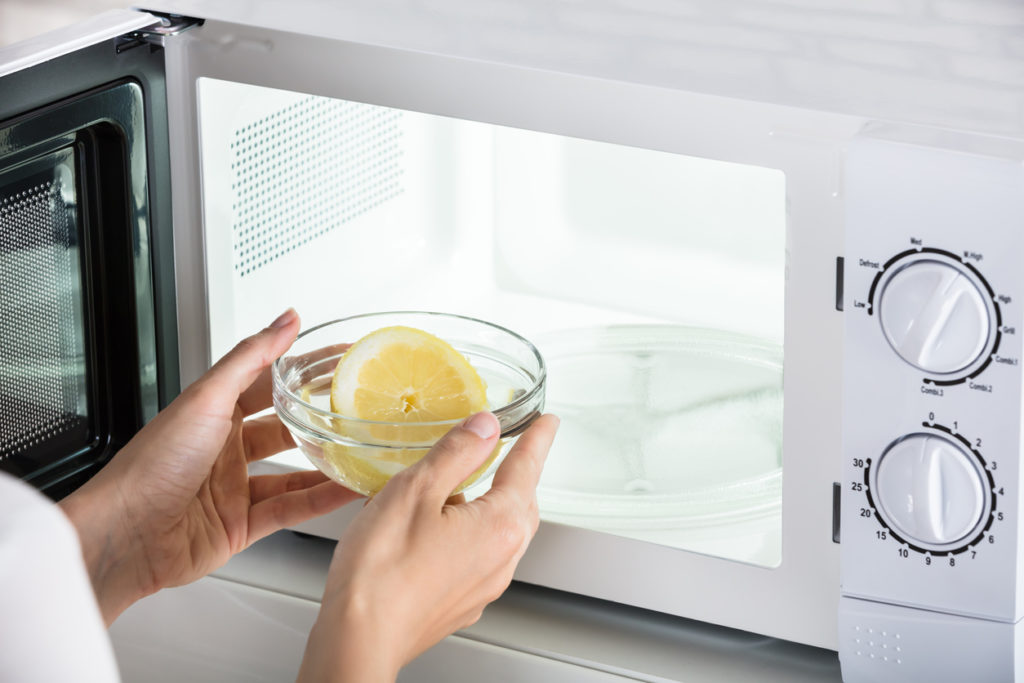How to Correctly Clean a Microwave
- Home /
- News & Advice /
- How to Correctly Clean a Microwave
- May 25th, 2018
- No Comments
- Posted in glotech news
Being one of the most frequently-used appliances in kitchens all over the world, it likely won’t come as a surprise to learn that microwaves can get extremely mucky, very quickly.
…Especially if you don’t know what not to put in your microwave!
These small machines are no stranger to old food and bacteria. If you’re using them on a daily basis, it’s important they’re cleaned properly – and frequently.
You can use these four tips to clean your microwave, and help to prevent bad smells and unhealthy bacteria-build up, too:
1. Let the microwave cool, first
Before attempting any cleaning of your microwave, you’ll need to let the machine cool, first – by not touching it for at least one hour after it was last used.
That way, you’re not at-risk of burning your skin.
2. …But avoid leaving it too long
Did you know that old splashes of food can bake onto the internal surfaces of your microwave? (This is especially common if you’re not cleaning your microwave regularly.)
When this happens, burnt-on food may turn into carbon if it’s left too long. This can cause sparks inside the appliance and cause damage to your microwave, meaning you might need to fork-out for a microwave repair.
3. Avoid using bleach in your appliance
We are often asked “can you use bleach in a microwave?”, and the answer might surprise you.
Although bleach is a common kitchen cleaning staple, it isn’t strong enough to kill bacteria as effectively as other methods.
Plus, bleach can damage the plastic of your machine by making it brittle.
Instead, use an antibacterial wipe (or damp cloth), along with a microwave-safe cleaning product, to keep your appliance clean and hygienic.
4. Use a solution to clean your microwave
If you want to deep clean your appliance, try microwaving a bowl of water with one tablespoon of white vinegar. Allow the solution to warm-up inside the machine for 4-5 minutes to fully hydrate any burnt-on patches of food.
Then, cut a lemon cut in half and add it to a bowl of water. Place this lemon in the microwave and turn on for four minutes to allow the vapour to penetrate inside the machine.
That way, any unwanted odours are removed (and you can enjoy your food!).
When using these solutions, be sure to keep an eye on this to avoid any burning.
Now you’ve completed a deep clean of your microwave, it’s perfectly good to use!
Remember that these microwave cleaning tips will need to be repeated frequently – ideally once a week. That way, you’re keeping on-top of bacteria growth, and not causing old food to ruin your most-used kitchen appliance.
If you’re still struggling with noises or unusual smells after cleaning your microwave, it could signal a fault. Our microwave repair experts will be able to fix this for you in no time or advise whether you need to replace the entire unit or not.
Feel free to get in touch if you need any help.
Leave a Reply



